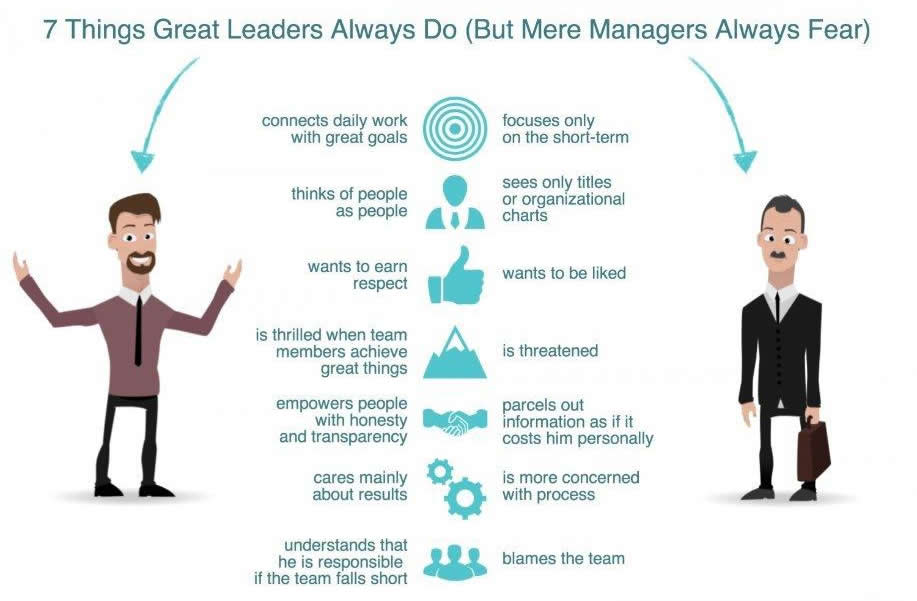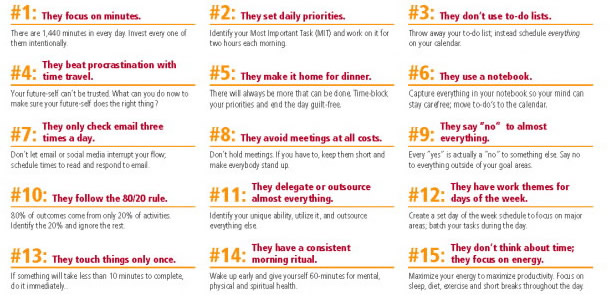ConsciousCommunicationGuidelines.com




Dialogue, not monologue.
Mission
Communication and Cooperation Works!
“When the adversity will hit, the communication will break.
Never break the communication, neither with an enemy nor
with a friend. Keep communicating. That’s what God does.
Just understand. Communication is vibration. Keep vibrating,
but positively. Never listen to negativity." The Siri Singh Sahib
A robust transparency is necessary at this time in our history.
We pledge to advocate and participate in thoughtful
disagreement.
Therefore it is our intention to actively promote diversity and cultural
competency, explore issues of color and gender, and inspire people
who have a history of being marginalized, using social media and other
means as platforms to inform various communities of the life experiences
and concerns of marginalized people with regard to the necessity for social
action, dialogue, inclusion, compassion, tolerance, and cultural literacy to
expand and improve human relations going forward, in order to better facilitate
the current worldwide shift in global consciousness from tribalism, instability,
and extremism, to harmony, cooperation and enduring peace. In addition, we
welcome and support other organizations that promote the transformation of
consciousness as taught by spiritual teachers like Guru Nanak Dev and others.

Our vision is to ultimately afford every person in our community
the opportunities to explore the sensitivities of the human spirit to
wit each person is inspired to (a) teach and interact with people while
maintaining an appreciation for their longing for inclusion, the innate longing
to belong within our human nature; (b) respond with compassionate consideration
and sensitivity to those gender equality, racial, cultural, religious, ethnic, economic,
social, psychological, and philosophical differences that exist within most communities.
Conscious Communication Guidelines
 . Speak for yourself, using “I think,” “I feel,” or “In my opinion,” when expressing yourself to the group, rather than attempting to express the opinion of the whole group.
. Speak for yourself, using “I think,” “I feel,” or “In my opinion,” when expressing yourself to the group, rather than attempting to express the opinion of the whole group.
 . Take responsibility for your feelings. No one can make you feel anything you do not choose to accept.
. Take responsibility for your feelings. No one can make you feel anything you do not choose to accept.
 . When another person is speaking, listen and demonstrate your presence and engagement verbally or non-verbally.
. When another person is speaking, listen and demonstrate your presence and engagement verbally or non-verbally.
 . Speak to elevate, be honest and establish a shared compassion and reality.
. Speak to elevate, be honest and establish a shared compassion and reality.
 . Speak from your own heart, take ownership of each word as it expresses your heart and reality, not that of others.
. Speak from your own heart, take ownership of each word as it expresses your heart and reality, not that of others.
 . Be aware of your personal assumptions, preconceptions and beliefs and use the neutral mind to fully let in the infinite possibilities of the moment and honor the reality of the other.
. Be aware of your personal assumptions, preconceptions and beliefs and use the neutral mind to fully let in the infinite possibilities of the moment and honor the reality of the other.
 . Express and welcome divergent viewpoints (agree to disagree) with the techniques of harmonious communication.
. Express and welcome divergent viewpoints (agree to disagree) with the techniques of harmonious communication.
 . Be as succinct as possible.
. Be as succinct as possible.
 . One conversation at a time.
. One conversation at a time.
 . Keep discussion oriented towards solutions and highest good.
. Keep discussion oriented towards solutions and highest good.

 . Focus conversation on people who are present.
. Focus conversation on people who are present.

 . Kindness in communication is always well received and can help you make your points clearly. --
. Kindness in communication is always well received and can help you make your points clearly. --
See Celestial Communication.
Get Conscious Communication Guidelines pdf.
See Yogi Bhajan On Conscious Communication.
"Never be right or wrong, always be neutral. Speak
not through the positive mind or the negative
mind, but from the neutral mind." Yogi Bhajan
"First of all, as humans we have a wrong way to talk. We talk shallow talk,
we talk showoff talk, we talk convincing talk, we talk sales talk and sometimes we
talk stupid talk. We are not limited to anything. But the only best way to talk in your
life is when you just talk to build an understanding. That's very important." Yogi Bhajan
"Hate nobody, love everybody. It won’t cost you anything. Love never
costs anything. Love is the most selfish act. It gives you so much protection,
grace, and radiance. It doesn’t give you any smallness or suffering. The attitude
of conscious living is to love and give grace to someone worthy of your trust. Do
not seek anything from people. Give love instead, and rely on God." Yogi Bhajan
"When a person wants to relay their feeling and the other person is a receptor of that
relayed feeling, then a relationship is established. And when you do not relay, and you
do not receive or accept the relay, then the relationship is broken. So basically, there is
no relationship, which is permanent. It must be shocking to you, but it's a real truth.
Relationship is just the continued relay of one personality to another." Yogi Bhajan



Yogi Bhajan On Conscious Communication
Conscious Communication Guidelines.pdf
Guidelines For Community Facilitators
One And One Equals Eleven
Interviewing Techniques
Our Definitions
The Case For Robert's Rules
From
'To Guide an Assembly of Persons'
Paperback Robert's Rules of Order
Part
One - The Rules
What They Mean and What They Do
Chapter
One
Why Parliamentary Procedure?
Basic Organization Principles
There
is a great need for more democratic policies on organization,
communal and national levels. Since millions of men and women
are banded together in hundreds of thousands of organizations,
athletic, business, civic, cooperative, cultural, educational,
ethnic, fraternal, labor, philanthropic, political, professional,
recreational, religious, scientific, social, etc., etc. -- the
faithful observance of democratic principles would become a
major and impressive influence in shaping a stronger American
democracy.
Robert's
Rules of Order has been accepted throughout the United States
as the standard authority on parliamentary law and procedure.
Hundreds of books have been written to simplify, clarify, and
amplify these rules -- all based on Robert's Rules of Order,
rarely changing or superseding this approved work.
There seems to be the mistaken notion that only presidents (chairpersons)
or aspiring presidents need a knowledge of these rules. It is
the member who can change the whole course of the meeting if
he has acquired a knowledge of the fundamental laws and procedures.
He is then in a position to make a most effective contribution
to the group needs; also, he can be on guard to protect the
organization when parliamentary law is misused or abused.
General
Robert said that if there were no rules or established customs
to guide an assembly of persons, and if each could talk on any
subject as long and as many times as he pleased, and if all
could talk at the same time, it would be impossible in most
cases to ascertain their deliberate judgment on any particular
matter.
Experience
has shown a necessity for...
 .) A set of rules,
.) A set of rules,
 .) A presiding officer
to enforce them and to preserve order, and
.) A presiding officer
to enforce them and to preserve order, and
 .) A recording secretary
to keep a record of the business transacted by the assembly.
.) A recording secretary
to keep a record of the business transacted by the assembly.
Chapter
Two
What Is The Primary Rule?
Only One Principal-Main Motion at a Time
All
business is brought before the meeting by way of 1) a motion
or resolution, 2) a report of a committee, or 3) a communication.
The terms motion, and question are synonymous; when first stated,
it is a motion, and when repeated by the chairman, it is referred
to as a question.
Only
one such motion can be considered at a time. It must be made
by a member and seconded by another member. The maker of a motion
must get the floor by rising, addressing the presiding officer
and obtaining recognition. The motion should be worded in the
affirmative whenever possible.
The
presiding officer restates the motion and asks, "Are there
any remarks?"
This opens debate on the question. The maker of the motion is
entitled to speak first on the motion. All remarks must be addressed
to the chairman.
No
member may speak a second time on the same question if another
member desires to speak on the subject, but he may speak a second
time if one who has not spoken is not seeking recognition.
But
in formal meetings, if anyone objects, he may not speak more
often without permission from the assembly...
When
a main motion is before the assembly, it must be accepted or
rejected or be disposed of in some way, before another subject
can be introduced...
When
a group is prepared to accept a motion in its given form, nothing
more is required but to take the vote and get the result...
Secondary
motions must be made after the main motion is stated and before
the vote is taken...
When
stating the motion, the chairman should make perfectly clear
what it is, and, after the vote is taken, state the result.
(BTW: We welcome your feedback.)  --
--
Note: Click Cntrl and + to magnify chart (Windows).
Click Command and + to magnify chart (Mac).



Conscious Communication Guidelines.pdf
Guidelines For Community Facilitators
The Case For Movers and Shakers
Women Are Much More Than This
OneAndOneEqualsEleven.com
Marines Transform Me Into We
Get
Robert's Rules of Order
Celestial Communication
All For One, Won For All
Courageous Dialogues
Masculine Moments
Diversity Dialogues
Networking Secrets
ACT For Diversity
1 Plus 1 Equals 11
Code
of Ethics
Desiderata
Definitions



